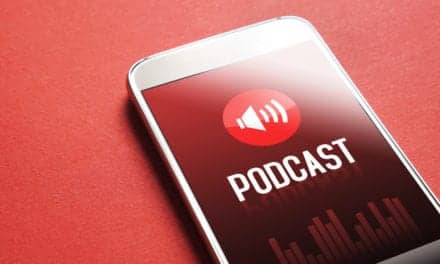A variety of fitness-related products can aid in sports injury rehabilitation and help athletes return to play.
Athletes are always striving to improve performance, but in doing so, the path to excellence can often be blighted by injury. Minimizing the impact of injury is vital, and this is typically achieved by returning to training and beginning rehabilitation as soon as possible. The market offers therapists more products than ever that aim to expedite the recovery process and return athletes to training and full fitness.
Anti-Gravity Treadmill
The anti-gravity treadmill is a device that is designed to surround the recovering athlete with a canopy inflated by an air compressor. The device then lifts the athlete from their center of gravity as a way to reduce body weight and impact. The device is engineered to allow a therapist to set body weight as low as 20% or as high as 99%. Furthermore, it is designed to enable users to run faster than they would ordinarily outdoors, allowing muscles to fire much faster than they might otherwise, and therefore yield a greater neuromuscular boost. Distance runners also can run longer, logging valuable miles without the added risk of overuse injuries such as shin splints or plantar fasciitis. The device is made to be useful among a range of athletes.
Elliptical Trainer
Regardless of an athlete’s injury, when they come for treatment, the elliptical trainer can be an effective modality for warming up. It is designed to offer functional movement for most sports without the impact of a treadmill. It utilizes many of the muscles similar to running with the added benefit of moving the arms and legs forward and backward. It is the backward movement that is often most pertinent to many athletes, as it homes in on the gluteal muscles. The activation of the glutes often underpins many athletes’ injuries. Weaknesses here can cause and/or worsen an underlying issue. Getting the glutes firing is essential for core stability, strength, and maintaining a healthy body.
The athlete’s sport and injury will determine the elliptical workout. Endurance athletes often build toward completing a 45- to 60-minute session that focuses on lumbopelvic endurance with lower resistance. Workouts to rebuild strength and power may have a shorter duration with higher resistance.
Resistance Training Products
Following injury, it is imperative to address asymmetries in the recovering athlete and try to rebuild balance, strength, and power symmetrically so that dysfunctional compensatory mechanics do not arise. There are a number of resistance training products that help achieve this. One example is a type of therapy ball that is flat on one side and domed on the other. This product can be a useful tool to help with functional strengthening and rehabilitative exercise because it incorporates a balance component to each activity. This helps the athlete build stability throughout the legs and core to help improve performance. The dome side of the ball can enhance exercises directed at strengthening the core, including supine open-and-tucks (performed sitting on the dome side) and planks (with forearms placed on top of the dome).
Simple exercises that can be done include forward and lateral lunges onto the ball. By exercising through various planes of motion, the athlete can simulate challenges and motions that will be experienced in the specific sport. To further improve balance and proprioception, exercises can be performed with eyes closed.
Therapy Bands
The looped, elastic therapy band is a simple product that can be used for rehabilitation. Bands offer varying levels of resistance and are portable, so they can easily be taken with the athlete when traveling. Two common exercises include lateral and backward walking with the band placed around the patient’s ankles. This motion strengthens the gluteal muscles. The lateral walking focuses more on the gluteus medius, while the backward walking helps strengthen the gluteus maximus. As with all exercises, it is important to ensure proper form and correct neuromuscular activation in order to achieve the desired result and maximize effectiveness.
Rehabilitation for Recovery
All of these products vary in their remits and functions. The anti-gravity treadmill is a sophisticated machine that arguably expedites recovery in any athlete using it. Similarly, elliptical trainers form a cornerstone of any rehabilitation program with almost all of the athletes with whom we work. Supplementing this by using simple but versatile resistance training products such as therapy balls and therapy bands can help ensure the injured athlete is soon fit, well, and back on track. RM
Darwin Fogt, MPT, owner of Evolution Physical Therapy and Fitness, is a California Licensed Physical Therapist with a BS in exercise physiology from the University of Southern California and a master’s degree in physical therapy from California State University, Long Beach. For more information, contact [email protected].





